Thanks to my readers' generosity, all my articles are free to access. Independent journalism, however, requires time and investment. If you found value in this article or any others, please consider sharing or even becoming a paid subscriber, who benefits by joining the conversation in the comments. I want you to know that your support is always gratefully received and will never be forgotten. Please buy me a coffee or as many as you wish.
GPT-Summary
Introduction
On February 21st, 1994, Webster Tarpley delivered a lecture titled “London, The New Venice,” at the Schiller Institute’s conference. In this lecture, Tarpley provides a detailed analysis of the British Empire’s strategies in the 19th century, focusing on Lord Palmerston’s role in orchestrating revolutions and manipulating nationalist movements to establish British supremacy. The lecture presents London as the nerve center of a new global order, modeled after the Venetian oligarchy, where British power is strategically deployed to dominate international affairs. Tarpley categorically identifies London as the epicenter of this global dominance, positioning the British Empire as the successor to the power and influence once held by Venice.
Tarpley’s Script is linked here.
Summary
🌍 London, The New Venice: The New Center of Global Power
London in 1850 is the indisputable center of the British Empire, the most extensive colonial empire in history. The empire controls one-fifth to one-fourth of the world’s population and land area. London, under the guidance of Lord Palmerston, is more than just a capital; it is the heart of a global empire that rivals ancient Rome. 00:10
👑 The Power Behind the Throne: Lord Palmerston’s Dominance
Lord Palmerston wields unrivaled power within Britain. As Foreign Secretary and later as Prime Minister, Palmerston is the architect of British imperial policy, transforming London into the nerve center of global influence. His authority is greater than that of any other figure of his time. His governance is rooted in the principles of the Venetian oligarchy, where a small, powerful elite controls the state. Palmerston’s strategies are deeply influenced by the teachings of Jeremy Bentham, who advocates for utilitarian principles that guide his approach to expanding British dominance across the globe. 03:25
🔥 Revolutionary Strategy: Palmerston’s European Agenda
Palmerston masterminds a series of revolutions across Europe as part of his grand strategy to destabilize rival powers and extend British influence. The Greek Revolution in the 1820s marks the beginning of this calculated approach. The revolutionary wave of 1848, ignited in Sicily, is a direct result of Palmerston’s efforts to weaken European monarchies, such as those of Austria and Russia, and secure British supremacy on the continent. These revolutions are not spontaneous uprisings but carefully orchestrated events designed to dismantle the power structures that threaten Britain’s global interests. 03:25
🇮🇹 Giuseppe Mazzini and Young Italy: The Vanguard of Revolutionary Nationalism
Giuseppe Mazzini, a pivotal figure in the revolutionary movements of the 19th century, is one of Palmerston’s most influential agents in advancing British geopolitical objectives. In 1831, Mazzini founds Young Italy, a secret society dedicated to the unification of Italy and the promotion of nationalist revolutions across Europe. Mazzini’s vision is not merely to create a unified Italy, but to ignite a pan-European revolutionary wave that would topple established monarchies and replace them with republican governments aligned with British interests.
Mazzini is deeply committed to the idea that nations and races, rather than individuals, are the primary actors in history. He preaches a form of nationalism that seeks to transcend individual rights in favor of the collective will of the people. This ideology is revolutionary in its rejection of the traditional power structures of Europe, particularly the Catholic Church and the aristocratic order. Mazzini’s ultimate goal is to establish a new Roman Republic, a state that would rise from the ruins of the old world and embody the values of freedom and democracy as envisioned by the revolutionaries.
Under Mazzini’s leadership, Young Italy becomes a formidable force, inspiring similar movements across Europe, such as Young Germany, Young Poland, and Young Europe. These organizations, also founded or influenced by Mazzini, share the common goal of dismantling the multi-ethnic empires of Europe, particularly Austria-Hungary and Russia, and replacing them with nation-states that are more susceptible to British influence.
Mazzini’s activities are not limited to propaganda and political agitation. He is actively involved in organizing insurrections and conspiracies, often with the covert support of British intelligence and funding. His role in the 1848 revolutions, particularly in Milan and Rome, is a testament to his effectiveness as a revolutionary leader. Mazzini’s actions align perfectly with Palmerston’s strategy of using nationalism as a tool to weaken Britain’s rivals.
The establishment of the Roman Republic in 1849, after Pope Pius IX is forced to flee Rome, represents the culmination of Mazzini’s efforts. Although the Republic is short-lived, it is a significant achievement in the broader context of European revolutionary movements. The fall of the Papal States and the temporary abolition of papal authority are seen as direct challenges to the conservative order in Europe, and they serve as a powerful symbol of the potential for revolutionary change.
Mazzini’s influence extends far beyond Italy. His ideas and methods inspire nationalist movements throughout Europe, contributing to the fragmentation of the old empires and the rise of new nation-states. His legacy is one of radical transformation, and his work lays the groundwork for the eventual unification of Italy and the broader European revolutions that shape the continent’s political landscape. 12:45
🏛️ The Roman Republic: A Challenge to Papal Power
In 1849, Mazzini and his followers establish the Roman Republic after forcing Pope Pius IX to flee Rome. This short-lived republic represents a direct challenge to papal and monarchical authority, aligning with British goals of promoting nationalism and weakening traditional power structures in Europe. The Roman Republic becomes a beacon of revolutionary ideals, temporarily displacing the Pope and challenging the Catholic Church’s temporal power. Mazzini’s leadership in this endeavor underscores his commitment to overthrowing the old order and replacing it with a new, republican system. 22:00
🏴☠️ The Crimean War and British Strategy
From 1853 to 1856, the Crimean War unfolds as a critical conflict initiated by Palmerston to weaken Russia, one of Britain’s principal rivals. This war is central to Palmerston’s strategy of maintaining British dominance in Europe and Asia. By engaging Russia in a protracted conflict, Britain disrupts Russian expansionist ambitions and secures its interests in the Ottoman Empire and the Mediterranean. The Crimean War exemplifies Palmerston’s use of military force as a means of preserving British supremacy and preventing any single power from challenging Britain’s influence on the continent. 03:25
💣 The Sepoy Rebellion: Solidifying Control in India
The Sepoy Rebellion of 1857 represents a significant challenge to British rule in India. Palmerston seizes upon this uprising to justify the transition of power from the British East India Company to direct control by the British government. This consolidation of power marks a critical expansion of British authority in Asia, turning India into the crown jewel of the British Empire. The suppression of the rebellion demonstrates Britain’s determination to maintain its dominance in the subcontinent and solidify its control over India’s vast resources and strategic position. 03:25
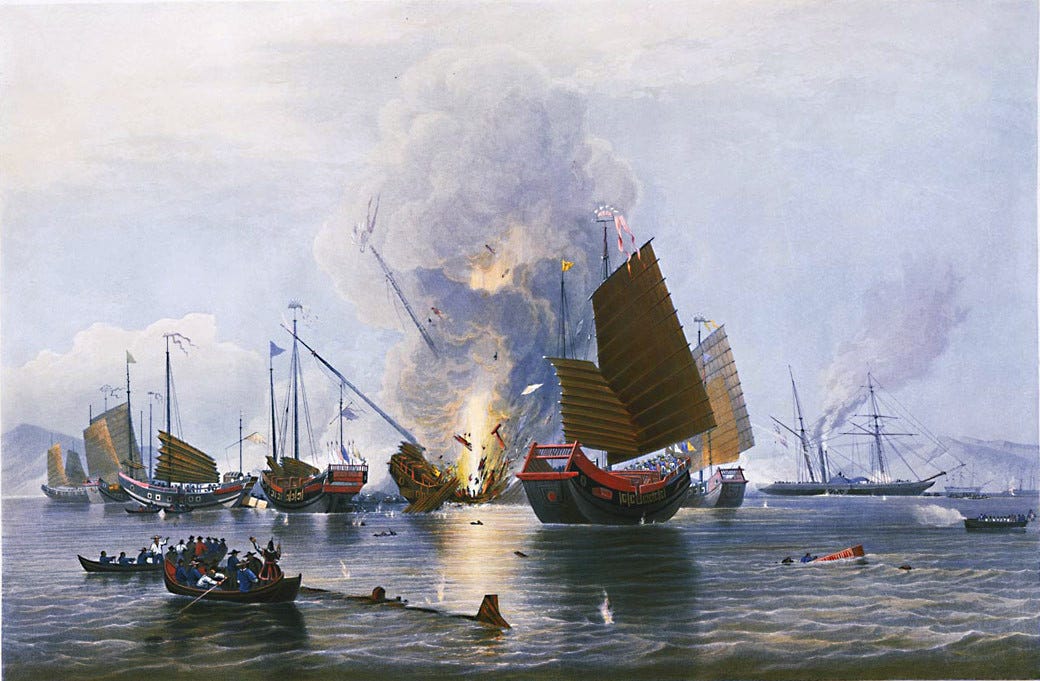
🌐 The Opium Wars: Expanding British Influence in China
The Opium Wars, particularly the Second Opium War (1857-1858), highlight British efforts to enforce trade dominance over China. These wars are instrumental in compelling the Chinese government to open its markets to British goods, particularly opium, under terms dictated by Britain. The capture of Beijing by British forces and the subsequent treaties expand British influence in Asia, demonstrating the empire’s reliance on military power to achieve economic and political objectives. The Opium Wars are a clear example of British imperialism in action, using force to secure favorable trade conditions and establish a dominant position in one of the world’s largest markets. 03:25

🇲🇽 The Maximilian Project: European Influence in the Americas
In 1864, the Maximilian Project attempts to establish a Habsburg monarchy in Mexico with the support of France and Britain. This project reflects European ambitions to extend influence in the Americas during the American Civil War. The installation of Maximilian as Emperor of Mexico is part of a broader strategy to counterbalance the growing power of the United States. This intervention is closely aligned with British interests, which seek to prevent the consolidation of power in the Western Hemisphere under a single government that could challenge British dominance. The project, however, ultimately fails, reflecting the limits of European influence in the face of emerging American power. 03:25
⚔️ The American Civil War: British Involvement and its Consequences
During the American Civil War (1861-1865), Palmerston’s Britain covertly supports the Confederacy as part of a strategy to weaken the United States and prevent it from emerging as a rival power. The British government, while officially neutral, provides indirect support to the Confederate cause, hoping to see the United States divided into two weaker nations. However, the presence of the Russian fleet in New York and San Francisco symbolizes a counterweight to British ambitions, as Russia openly supports the Union. The Union victories at Vicksburg and Gettysburg in 1863 mark significant turning points in the war, thwarting British hopes of a divided America and ensuring that the United States emerges from the conflict stronger and more unified. The failure of British intervention in the Civil War marks a significant setback in Palmerston’s strategy to curb American influence. 27:50
FAQ
Q: What role did Lord Palmerston play in the British Empire during the mid-19th century?
Lord Palmerston was the dominant force behind the British Empire’s global expansion in the mid-19th century. As both Foreign Secretary and Prime Minister, he directed Britain’s imperial policy with the explicit goal of making London the center of a new global empire. Palmerston’s influence was unmatched, and his leadership ensured that Britain maintained supremacy over its rivals. 00:10
Q: How did Palmerston ensure British global dominance?
Palmerston engineered revolutions, manipulated nationalist movements, and engaged in military conflicts to weaken rival empires and expand British influence. His approach was systematic, using Britain’s naval and military power to protect and extend British interests worldwide. By destabilizing rivals through insurrections like the 1848 revolutions and conflicts such as the Crimean War, Palmerston cemented British superiority. 03:25
Q: Who were Palmerston’s “Three Stooges,” and what were their roles?
Palmerston’s “Three Stooges” were Giuseppe Mazzini, Louis Napoleon Bonaparte, and David Urquhart. Mazzini led revolutionary efforts across Europe, particularly in Italy, promoting nationalist uprisings aligned with British interests. Louis Napoleon served as Palmerston’s instrument in France, supporting British geopolitical goals. David Urquhart influenced the political landscape of the Ottoman Empire, furthering British strategic objectives. These agents worked in coordination to facilitate Palmerston’s plans across Europe and beyond. 12:45
Q: What was Giuseppe Mazzini’s vision for Italy and Europe?
Giuseppe Mazzini envisioned a unified Italy governed under British influence, where national identities superseded individual rights. He advocated for a revolutionary Europe, where old institutions like the Catholic Church were abolished to make way for new nationalist states. Mazzini’s ideology laid the groundwork for the fascist movements that emerged in the 20th century. 15:30
Q: How did Palmerston’s policies impact other European powers?
Palmerston’s strategies significantly undermined other European powers, particularly multi-ethnic empires like Austria-Hungary and Russia. By supporting nationalist movements and fostering revolutions, Palmerston weakened these empires, ensuring they could not rival British power. His actions directly contributed to the fragmentation and destabilization of these regions. 22:00
Q: What role did the British Empire play in global conflicts during Palmerston’s tenure?
Under Palmerston’s leadership, the British Empire played a decisive role in numerous global conflicts, such as the Crimean War and the Opium Wars. These conflicts were part of a broader strategy to weaken Britain’s rivals and expand its global reach, ensuring British interests were protected and advanced in key regions like Europe and Asia. 27:50
Q: How did Palmerston’s public declaration in Parliament reflect his imperial vision?
Palmerston declared in Parliament that every Briton, as a citizen of the new Rome, was above foreign laws and under the protection of the British fleet. This statement was a bold assertion of British global dominance and a clear indication of Palmerston’s ambition to establish a new Roman Empire centered in London. 00:10
Q: How did the British Empire’s 19th-century strategies influence later global events?
The strategies employed by the British Empire in the 19th century, particularly under Palmerston, set the stage for major global conflicts in the 20th century, including the two World Wars. The manipulation of nationalist sentiments, combined with strategic military interventions, created conditions that would lead to prolonged global instability. 03:25
Q: What was the significance of Mazzini’s actions in Italy?
Mazzini played a pivotal role in promoting Italian nationalism and revolutionary activities, which ultimately served British interests by destabilizing the region. His efforts, backed by British support, were crucial in weakening the influence of Austria and other powers in Italy, paving the way for British dominance in the region. 15:30
Q: How did Palmerston manipulate nationalist movements across Europe?
Palmerston used nationalist movements as a tool to fracture and weaken rival empires. By supporting figures like Mazzini and manipulating nationalist sentiments, he ensured that these movements would align with British interests, destabilizing empires like Austria-Hungary and Russia, and preventing them from challenging British supremacy. 12:45
People
Lord Palmerston - Lord Palmerston, also known as Henry Temple, the third Viscount Palmerston, was the most powerful leader of the British oligarchy during the 19th century. He held key positions such as Foreign Secretary and Prime Minister, and for 35 years, played a pivotal role in British politics. Palmerston was instrumental in making London the center of a new global empire. He orchestrated revolutions across Europe, manipulated nationalist movements, and led the British Empire’s expansion through military conflicts such as the Crimean War. Palmerston aimed to reduce other nations to puppets under British control, ensuring Britain’s dominance on the world stage. 00:10
Queen Victoria - Queen Victoria was the monarch of Britain during the height of its imperial power. Although she held the throne, Britain was not truly a monarchy but an oligarchy controlled by figures like Lord Palmerston. Victoria’s primary focus was on breeding new generations of Saxe-Coburg-Gotha to secure the royal houses of Europe. Under her reign, Britain expanded its empire, and Victoria herself was crowned Empress of India. 00:10
Jeremy Bentham - Jeremy Bentham was a philosopher and the intellectual mentor of Lord Palmerston. Bentham’s teachings significantly influenced Palmerston’s approach to governance and foreign policy. Bentham’s principles of utilitarianism and his focus on the practical application of ideas shaped the strategies Palmerston used to expand British influence globally. 03:25
Giuseppe Mazzini - Giuseppe Mazzini was an Italian revolutionary and one of Palmerston’s key agents, referred to as one of the “Three Stooges.” Mazzini founded the secret society Young Italy, which aimed to unify Italy and promote nationalist movements across Europe. He preached the replacement of Christianity with nationalism, advocating for the creation of a new Rome governed by the people. Mazzini’s activities were crucial in destabilizing the Austrian Empire and advancing British interests in Italy and beyond. 12:45
Louis Napoleon Bonaparte - Louis Napoleon Bonaparte, also known as Napoleon III, was the President of France and later the Emperor, serving as another of Palmerston’s “Three Stooges.” Initially working as a revolutionary under Palmerston’s guidance, Napoleon III eventually became a puppet ruler in France, furthering British geopolitical goals. His cooperation with Palmerston during the Crimean War and other conflicts solidified the Anglo-French alliance against common rivals. 12:45
David Urquhart - David Urquhart was the third member of Palmerston’s “Three Stooges.” He was a British diplomat and political agent who exerted influence in the Ottoman Empire. Urquhart played a crucial role in shaping British policy in the Near East, promoting ideas and actions that aligned with Palmerston’s broader imperial strategy. 12:45
John Stuart Mill - John Stuart Mill was a philosopher and political economist who worked closely with the British East India Company. Mill supported Palmerston’s imperial ambitions and played a role in the policies that led to events such as the Sepoy Rebellion in India. His works, including “On Liberty,” reflect the ideological underpinnings of British imperialism during this period. 03:25
Prince Metternich - Prince Metternich was the Austrian statesman who embodied the Congress of Vienna system, a strong advocate for conservative and monarchical principles in Europe. Palmerston viewed Metternich as a key obstacle to British dominance and worked to destabilize the Austrian Empire through revolutions and nationalist movements, ultimately aiming to break up the Holy Alliance of Austria, Russia, and Prussia. 00:10
Nicholas I - Nicholas I was the Emperor of Russia and a major opponent of British interests in Europe. Palmerston saw Nicholas I and his empire as significant threats to British supremacy and aimed to weaken Russia through military conflict and by inciting nationalist rebellions within its territories. 00:10
Alexander II - Alexander II was the Emperor of Russia and a reformer who sought to modernize Russia. Despite his reforms, he remained a target of Palmerston’s imperial strategy, as Palmerston aimed to undermine Russia’s power in Europe through the Crimean War and other geopolitical maneuvers. 00:10
Giuseppe Garibaldi - Giuseppe Garibaldi was an Italian general and nationalist who played a key role in the unification of Italy. He was closely associated with Mazzini and participated in many of the revolutionary activities that served British interests in Italy, particularly against Austrian influence. 15:30
Felice Orsini - Felice Orsini was an Italian revolutionary and a close associate of Mazzini. He attempted to assassinate Napoleon III as part of the broader revolutionary activities coordinated by Mazzini and supported by British interests. Orsini’s actions were part of the ongoing efforts to destabilize European powers opposed to British dominance. 22:00
John Bowring - John Bowring was a British politician and diplomat who played a significant role in the Opium Wars against China. As a high official in the British government and a close associate of Jeremy Bentham, Bowring was instrumental in advancing British imperial interests in Asia, particularly in opening Chinese ports to British trade. 03:25
James Stansfeld - James Stansfeld was a junior Lord of the Admiralty and a high-ranking official in British intelligence. He was directly involved in supporting Mazzini’s revolutionary activities in Italy, providing financial and logistical support for the establishment of the Roman Republic. 22:00
Thomas Carlyle - Thomas Carlyle was a Scottish historian and writer who was associated with Mazzini and his revolutionary ideas. Carlyle’s writings and his connections with Mazzini influenced the intellectual climate of the time, contributing to the spread of nationalist and revolutionary sentiments across Europe. 22:00
Pope Pius IX - Pope Pius IX was the head of the Catholic Church during the time of Mazzini’s revolutionary activities. Mazzini’s forces forced Pope Pius IX to flee Rome, and during his exile, Mazzini attempted to establish a new nationalist regime in the Papal States. Pius IX’s flight marked a significant moment in the struggle between revolutionary forces and traditional monarchical powers in Europe. 15:30
Organizations
The British Empire - The British Empire in the mid-19th century was the most extensive empire the world had ever seen, controlling between one-fifth and one-fourth of the Earth’s population and land area. It operated as an oligarchy modeled on Venetian principles, with its power centralized in London. Under the leadership of figures like Lord Palmerston, the British Empire pursued a strategy of global dominance through military conflicts, orchestrated revolutions, and economic exploitation. The empire was not just a colonial power but the central authority in global affairs, positioning London as the new Rome. 00:10
The British East India Company - The British East India Company played a crucial role in the expansion of British influence in Asia, particularly in India and China. Operating under the guidance of figures like John Stuart Mill, the Company engaged in activities such as the Opium Wars against China, which were designed to open Chinese markets to British trade and solidify British control in the region. The Company’s actions were central to the British strategy of economic exploitation and imperial dominance. 03:25
Young Italy - Young Italy was a secret society founded by Giuseppe Mazzini in 1831, with the goal of unifying Italy and promoting nationalist revolutions across Europe. The organization served as a key instrument in Mazzini’s efforts to destabilize the Austrian Empire and advance British interests in the region. Young Italy’s activities were not limited to Italy; the society inspired similar movements across Europe, all aligned with the broader objectives of the British Empire. 12:45
The Venetian Oligarchy - The Venetian Oligarchy was the model upon which the British Empire based its own structure of governance. The Venetian system was characterized by a small, powerful elite controlling the state’s affairs, with a focus on manipulation and control over both internal and external rivals. The British Empire adopted these methods, applying them on a global scale to maintain and expand its dominance. 00:10
Young Europe - Young Europe was an organization founded by Giuseppe Mazzini in 1834, following the model of Young Italy. It sought to unite various nationalist movements across Europe under a common cause against the established monarchies and empires. The organization was integral to the strategy of using nationalism as a tool to fracture and weaken multi-ethnic empires like Austria-Hungary and Russia, thereby facilitating British geopolitical goals. 15:30
Young Poland - Young Poland was a revolutionary movement aligned with Mazzini’s broader objectives. The organization aimed to restore Poland’s borders to their pre-partition extent, challenging the authority of the Russian and Austrian Empires. Young Poland’s activities were part of a larger strategy to destabilize Eastern Europe and weaken Britain’s rivals in the region. 22:00
Young Germany - Young Germany was another nationalist movement that emerged under the influence of Mazzini’s ideology. It sought to unite the German states and promote revolutionary ideas against the existing order. Like its counterparts in Italy and Poland, Young Germany contributed to the broader European unrest that served British imperial interests by undermining rival powers. 22:00
Young France - Young France was a nationalist organization that was part of the network of revolutionary movements inspired by Mazzini. The organization played a role in the revolutions of 1848, which shook the foundations of established powers in Europe. Young France’s activities were closely linked to the broader revolutionary agenda that aligned with British strategies to destabilize continental Europe. 22:00
Young Switzerland - Young Switzerland was part of the broader Young Europe movement initiated by Mazzini. It aimed to promote nationalist sentiments within Switzerland and support the revolutionary wave that spread across Europe in the mid-19th century. Young Switzerland, like other “Young” movements, was instrumental in challenging the status quo and contributing to the fragmentation of European empires. 22:00
Young Corsica - Young Corsica, associated with the mafia, was another nationalist group within Mazzini’s network. The organization aimed to promote Corsican interests and contribute to the destabilization of the French state, aligning with the broader revolutionary and nationalist agenda supported by British interests. 22:00
The Holy Alliance - The Holy Alliance was a coalition of Austria, Russia, and Prussia, formed after the defeat of Napoleon to preserve the conservative order in Europe. Palmerston viewed the Holy Alliance as a significant obstacle to British imperial ambitions and worked systematically to break it apart through revolutions, nationalist uprisings, and strategic conflicts. 03:25
The Congress of Vienna - The Congress of Vienna was the diplomatic assembly that reorganized Europe after the Napoleonic Wars, establishing a conservative order dominated by the Holy Alliance. The Congress’s decisions were seen as an impediment to British imperial goals, prompting Palmerston to undermine its outcomes through a series of strategic interventions and support for revolutionary movements across Europe. 00:10
The Carbonari - The Carbonari was a secret society and revolutionary group active in Italy and other parts of Europe. Mazzini initially worked with the Carbonari before founding Young Italy, and the society played a role in the early stages of the Italian unification movement. The Carbonari’s activities aligned with British interests in destabilizing Austria’s influence in Italy. 15:30
The Roman Republic - The Roman Republic was a short-lived revolutionary state established in 1849 with the support of Mazzini and his followers. The Republic represented a direct challenge to the Papal States and the Austrian Empire, embodying the nationalist and republican ideals that Mazzini and Palmerston sought to spread across Europe. 22:00
The Protestant Reformation - The Protestant Reformation, initiated in the 16th century, was referenced as a historical precursor to the revolutionary and nationalist movements that Palmerston and Mazzini supported. The Reformation’s impact on breaking the unity of Christendom was seen as analogous to the efforts to fracture and weaken the conservative European order in the 19th century. 27:50
Locations
London - London is the epicenter of the British Empire, described as the new Rome. It is where Lord Palmerston directed the global expansion of British power, making it the undisputed center of a worldwide empire. The city, particularly Westminster, serves as the headquarters of British political, economic, and military authority, orchestrating revolutions and conflicts to maintain and extend British dominance. 00:10
Westminster - Westminster, within London, is specifically highlighted as the location where key decisions and declarations of the British Empire were made. It is the symbolic heart of British power, where Palmerston proclaimed Britain’s global supremacy and from where the empire was administrated. 00:10
The Houses of Parliament - The Houses of Parliament in Westminster is where Lord Palmerston declared the British Empire’s intent to dominate the world, asserting that every Briton, as a citizen of this new Rome, could flaunt foreign laws with the assurance of British military support. It represents the legislative and strategic core of British imperial power. 00:10
India - India is a key location within the British Empire, referred to as a major colony under direct British rule following the suppression of the Sepoy Rebellion. India was critical to the empire’s wealth and global influence, with British control being solidified through both military force and economic exploitation, overseen by the British East India Company and later the British government. 03:25
China - China is another vital location within the British imperial strategy, particularly targeted during the Opium Wars. The British aimed to open Chinese ports to trade, especially for opium, and to impose British economic dominance. British forces eventually captured key locations, including Beijing, further extending British influence in Asia. 03:25
The Ottoman Empire - The Ottoman Empire was a significant geopolitical target for the British Empire. Palmerston and his agents sought to weaken the Ottoman state through the manipulation of nationalist movements and revolutions, aligning with broader British objectives to control strategic territories and resources in the Near East. 12:45
Sicily - Sicily was the starting point of the revolutionary wave in 1848, orchestrated by Lord Palmerston to destabilize European monarchies and expand British influence. The insurrection in Sicily was part of a broader strategy to ignite revolutions across Europe, challenging established powers and promoting British interests. 03:25
Milan - Milan was a key location in the Italian revolutions of 1848, where Mazzini and his associates attempted to incite nationalist uprisings against Austrian rule. Milan’s significance lies in its role as a battleground for the unification of Italy, a process heavily influenced by British support for revolutionary activities. 15:30
Rome - Rome, particularly during the period of the Roman Republic in 1849, was a focal point of revolutionary activity supported by Mazzini and his followers. The city became a symbol of the struggle against papal and monarchical power, with Mazzini’s short-lived regime representing the revolutionary ideals promoted by British-backed nationalist movements. 22:00
Beijing - Beijing was a critical location during the Second Opium War, where British forces looted and burned the Summer Palace as part of their efforts to impose British control over China. This event marked a significant moment in the expansion of British influence in Asia, demonstrating the empire’s military and economic reach. 03:25
Naples - Naples was a refuge for Pope Pius IX after being forced to flee Rome by revolutionary forces led by Mazzini. The city represents a key moment in the clash between revolutionary and conservative forces in Italy, with Naples serving as a temporary safe haven during this turbulent period. 15:30
Paris - Paris was a significant location in the revolutionary wave of 1848 and later served as the capital of Napoleon III’s empire, which aligned with British interests under Lord Palmerston. The city was a hub of political and revolutionary activity, influencing events across Europe and shaping the broader geopolitical landscape. 27:50
Vienna - Vienna was the center of the Austrian Empire and the seat of Prince Metternich, a key opponent of British influence in Europe. Palmerston viewed Vienna as a stronghold of conservative power that needed to be undermined through revolutionary movements and nationalist uprisings, which were part of his broader strategy to weaken rival empires. 00:10
The Papal States - The Papal States, ruled by Pope Pius IX, were targeted by Mazzini and his revolutionary forces in 1848-1849. The temporary overthrow of papal authority and the establishment of the Roman Republic were crucial events in the broader conflict between revolutionary and conservative forces in Italy, heavily influenced by British strategic interests. 22:00
Prussia - Prussia was a major European power and a key player in the conservative Holy Alliance. Palmerston’s strategy involved undermining Prussia’s influence through support for nationalist movements and revolutionary activities, contributing to the eventual reshaping of the European political order in favor of British interests. 03:25
Belgium - Belgium, under King Leopold of Saxe-Coburg-Gotha, was noted as a location where revolutionary and nationalist forces were active. King Leopold’s concerns about the revolutionary elements in London reflect the broader European anxiety over the spread of nationalist movements supported by British interests. 22:00
Mexico - Mexico was the site of the French-led Maximilian Project, supported by the British, which aimed to establish a Habsburg monarchy in the region. This effort was part of a broader strategy to extend European influence in the Americas, aligning with British imperial goals. 03:25
Russia - Russia was a primary target of Palmerston’s geopolitical strategy, viewed as a major rival to British interests. The Crimean War and subsequent efforts to incite rebellion within Russian territories were aimed at weakening Russia’s power and limiting its influence in Europe and Asia. 03:25
New York - New York was mentioned as one of the locations where the Russian fleet sailed during the American Civil War. The presence of the Russian fleet in New York represented a significant moment in the relationship between Russia and the United States, countering British efforts to undermine both nations during the conflict. 27:50
San Francisco - San Francisco, like New York, was a port where the Russian fleet made a symbolic visit during the American Civil War. This visit highlighted the strategic alliance between Russia and the United States against British imperial ambitions. 27:50
Vicksburg - Vicksburg was a key location in the American Civil War, where the defeat of the Confederacy marked a turning point in the conflict. The fall of Vicksburg, along with other events, thwarted British hopes of a divided United States, thereby limiting British influence in North America. 27:50
Gettysburg - Gettysburg was the site of a decisive battle in the American Civil War. The Union victory at Gettysburg, coupled with the events at Vicksburg, effectively ended British ambitions of supporting a successful Confederate secession, thereby preserving the United States as a unified nation. 27:50
Timeline
1821 - The Greek Revolution begins, marking the start of Palmerston’s strategy to orchestrate revolutions across Europe to destabilize rival powers and expand British influence. 03:25
1831 - Giuseppe Mazzini founds Young Italy, a secret society aimed at unifying Italy and promoting nationalist revolutions across Europe. This organization becomes a key instrument in advancing British interests by destabilizing the Austrian Empire. 12:45
1834 - Mazzini establishes Young Europe, a network of revolutionary movements across the continent aimed at challenging the established monarchies and empires, furthering British geopolitical objectives. 15:30
1839-1842 - The First Opium War occurs, where British forces attack China to force the opening of Chinese markets to British trade, particularly opium. This war sets the stage for the expansion of British influence in Asia. 03:25
1848 - The revolutionary wave begins in Sicily, spreading across Europe. These revolutions, orchestrated by Palmerston, destabilize several European monarchies and advance British influence by weakening rival powers. 03:25
1849 - The Roman Republic is established by Mazzini and his followers after Pope Pius IX is forced to flee Rome. This event represents a direct challenge to the papal and monarchical power, aligning with British interests in promoting nationalist movements across Europe. 22:00
1850 - London is identified as the center of the greatest colonial empire, under the control of Lord Palmerston, who has made it the focal point of British global dominance. 00:10
1853-1856 - The Crimean War takes place, initiated by Palmerston as part of his strategy to weaken Russia, one of Britain’s major rivals. The conflict marks a significant moment in the broader struggle for European and global supremacy. 03:25
1857 - The Sepoy Rebellion in India occurs, challenging British rule. Palmerston uses this event to justify the complete takeover of India by the British government, further solidifying British control over the subcontinent. 03:25
1857-1858 - The Second Opium War takes place, during which British forces, directed by Palmerston, capture Beijing and extend British influence in China. This conflict exemplifies the imperial strategy of using military power to open markets and impose British dominance. 03:25
1861-1865 - The American Civil War occurs, during which Palmerston and British interests support the Confederacy to weaken the United States. The presence of the Russian fleet in New York and San Francisco symbolizes the counterbalance to British influence. The Union victories at Vicksburg and Gettysburg thwart British ambitions in North America. 27:50
1864 - The Maximilian Project is initiated in Mexico, where French forces attempt to establish a Habsburg monarchy with British support, as part of a broader strategy to extend European influence in the Americas. 03:25
Glossary
British Empire - The global empire led by Britain in the 19th century, described as the most extensive colonial empire ever, encompassing a significant portion of the world’s population and land. London is identified as the epicenter of this empire, where Lord Palmerston orchestrates its expansion and dominance. 00:10
Venetian Oligarchy - The model of governance adopted by the British Empire, characterized by a small, powerful elite controlling the state’s affairs. This oligarchic system influences British imperial strategy, focusing on manipulation and control both within the empire and in foreign territories. 00:10
Young Italy - A secret society founded by Giuseppe Mazzini in 1831, aimed at unifying Italy and promoting nationalist revolutions across Europe. This organization is instrumental in advancing British interests by destabilizing the Austrian Empire and other European powers. 12:45
Young Europe - A network of revolutionary movements established by Mazzini in 1834, designed to unite nationalist forces across Europe against the established monarchies and empires, aligning with British geopolitical goals. 15:30
The Three Stooges - A term used to describe the trio of Giuseppe Mazzini, Louis Napoleon Bonaparte, and David Urquhart, who are key agents of Lord Palmerston in executing the British Empire’s strategy of destabilizing rival powers through revolution and manipulation. 12:45
Opium Wars - A series of conflicts between Britain and China in the 19th century, initiated by the British to enforce the opium trade and expand their influence in China. The wars culminate in the British seizure of Beijing and the opening of Chinese markets to British control. 03:25
Crimean War - A conflict from 1853 to 1856 between Russia and an alliance including Britain, France, and the Ottoman Empire. Initiated by Palmerston, the war is part of the British strategy to weaken Russia and maintain British dominance in Europe and Asia. 03:25
Roman Republic - A short-lived state established by Mazzini and his followers in 1849 after forcing Pope Pius IX to flee Rome. The Republic represents a revolutionary challenge to traditional monarchical and religious authorities in Italy, aligned with British interests in promoting nationalism. 22:00
Sepoy Rebellion - A major uprising against British rule in India in 1857, which Palmerston uses as a pretext to bring India under direct British government control, further cementing British dominance in the region. 03:25
Maximilian Project - The French-led initiative in 1864 to establish a Habsburg monarchy in Mexico, with British support, as part of a strategy to extend European influence in the Americas during the American Civil War. 03:25
Holy Alliance - A coalition formed by Austria, Russia, and Prussia after the defeat of Napoleon, aimed at preserving conservative monarchical rule in Europe. Palmerston works to undermine this alliance through revolutionary activities and nationalist movements, aligning with British interests. 03:25






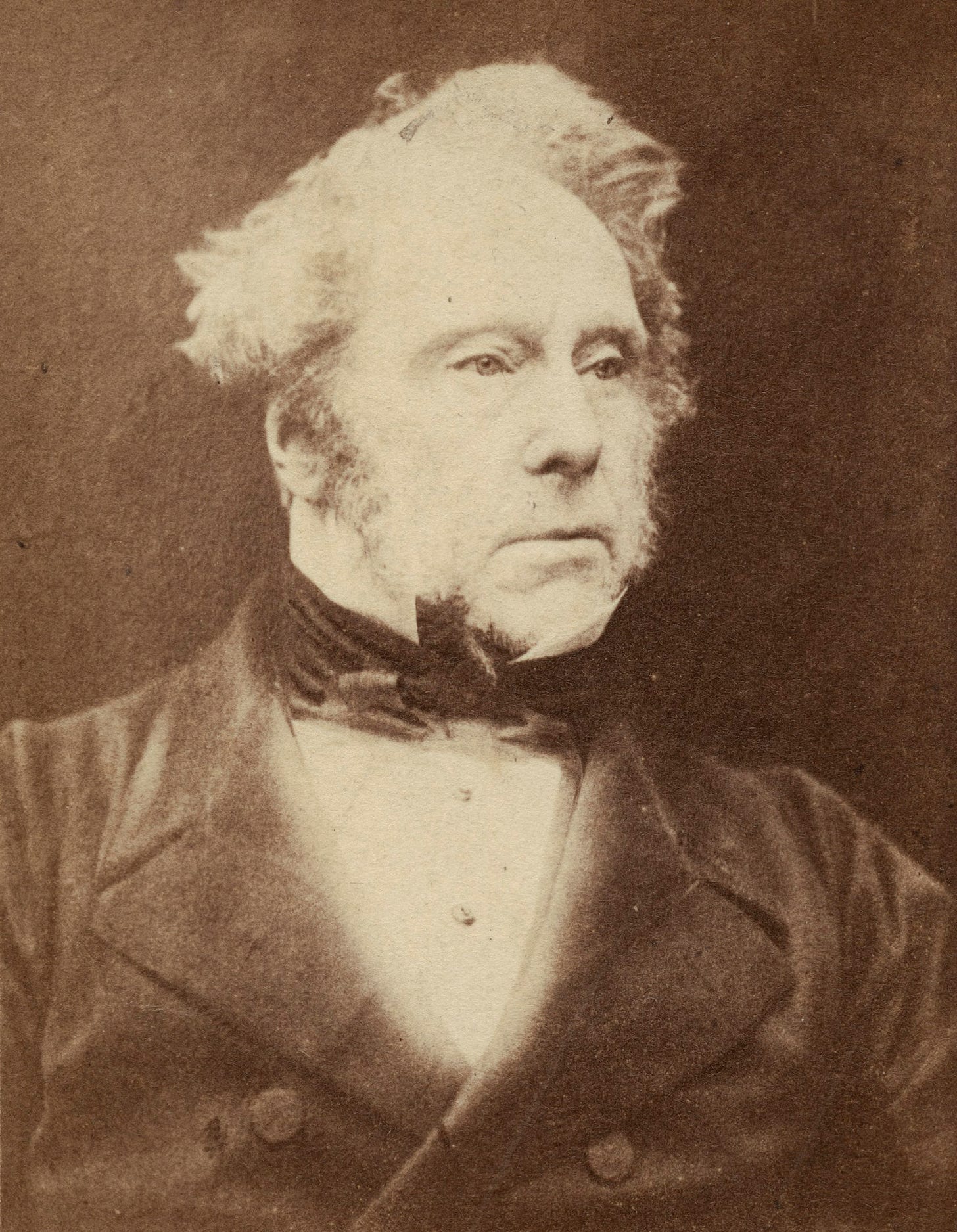

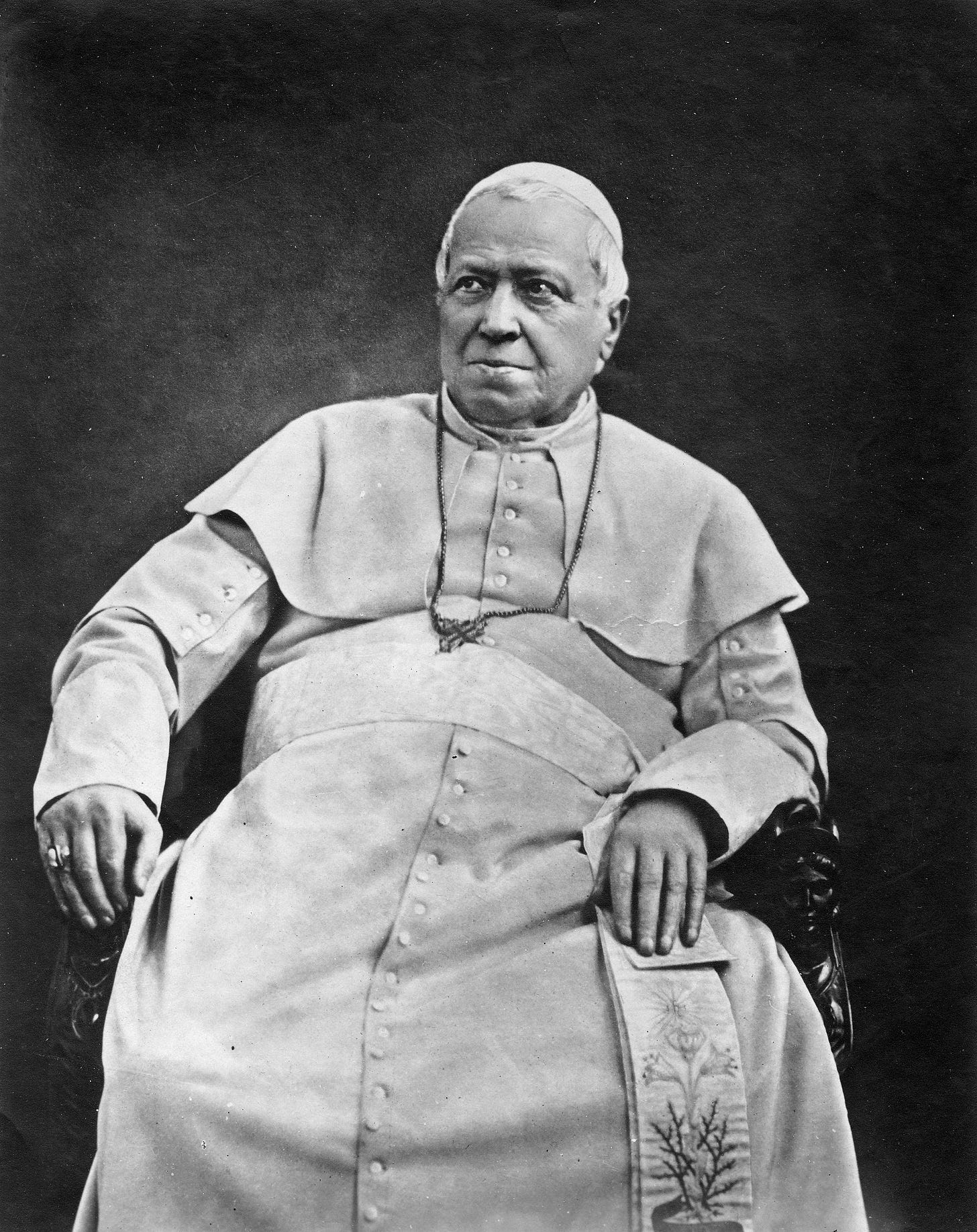

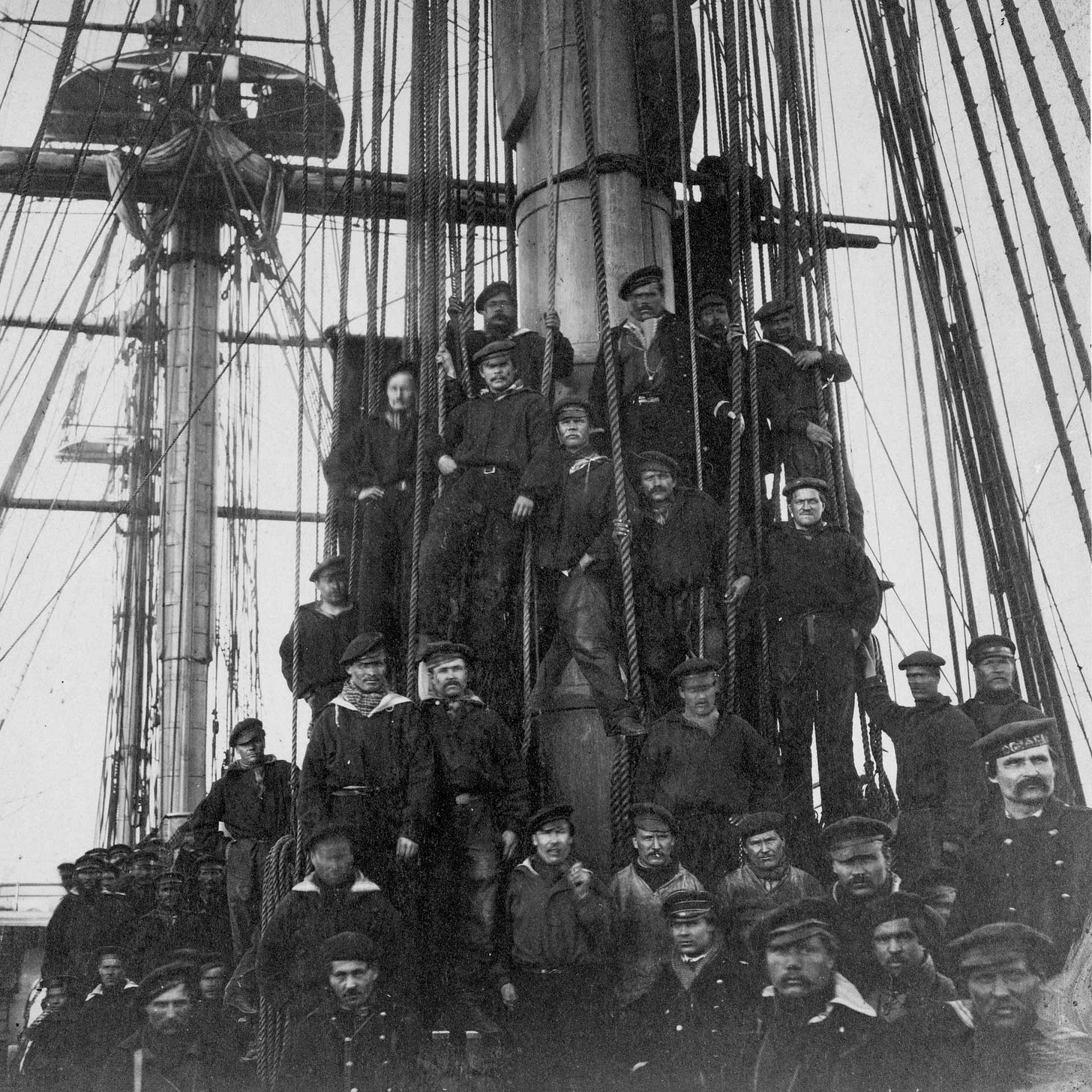

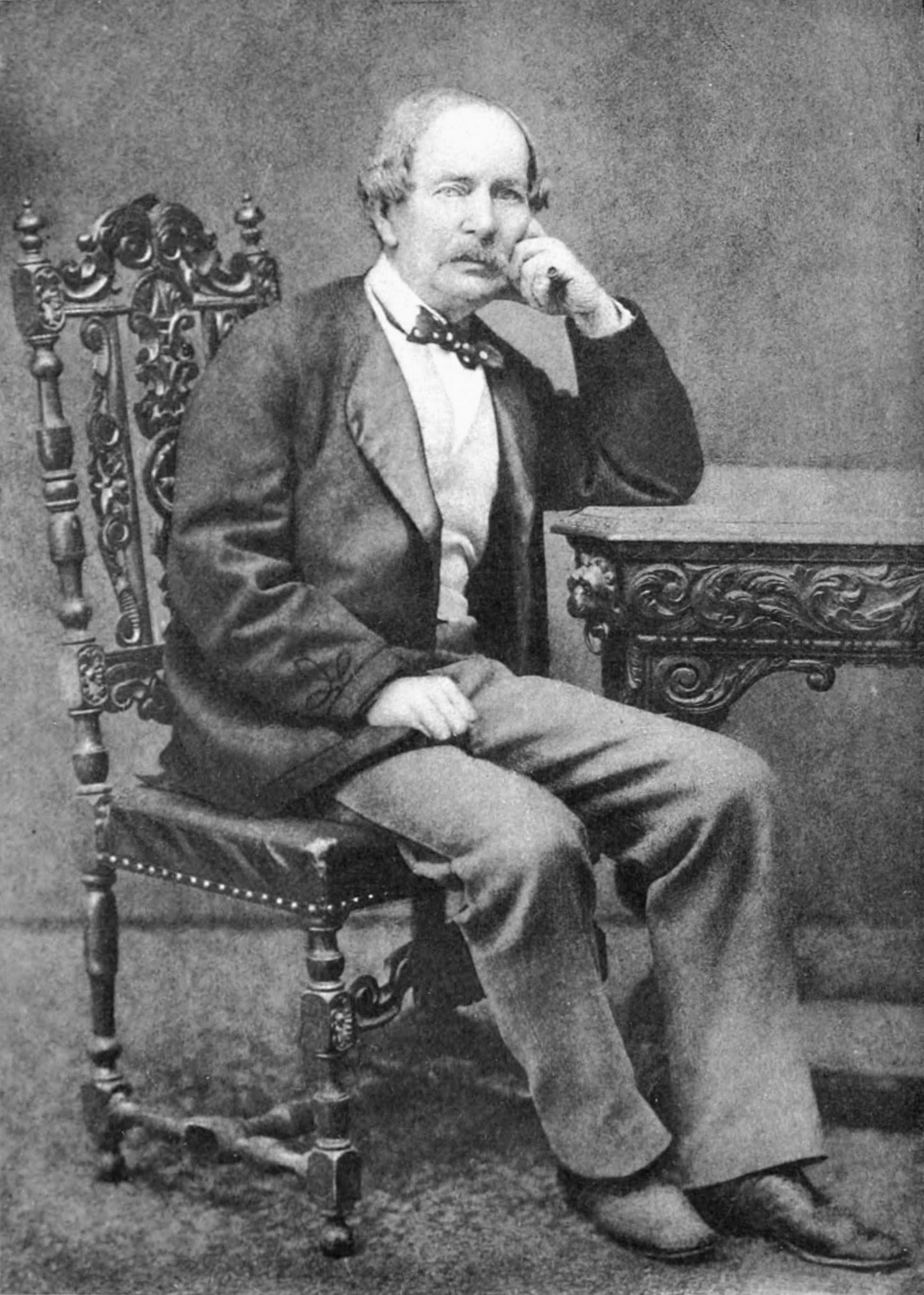



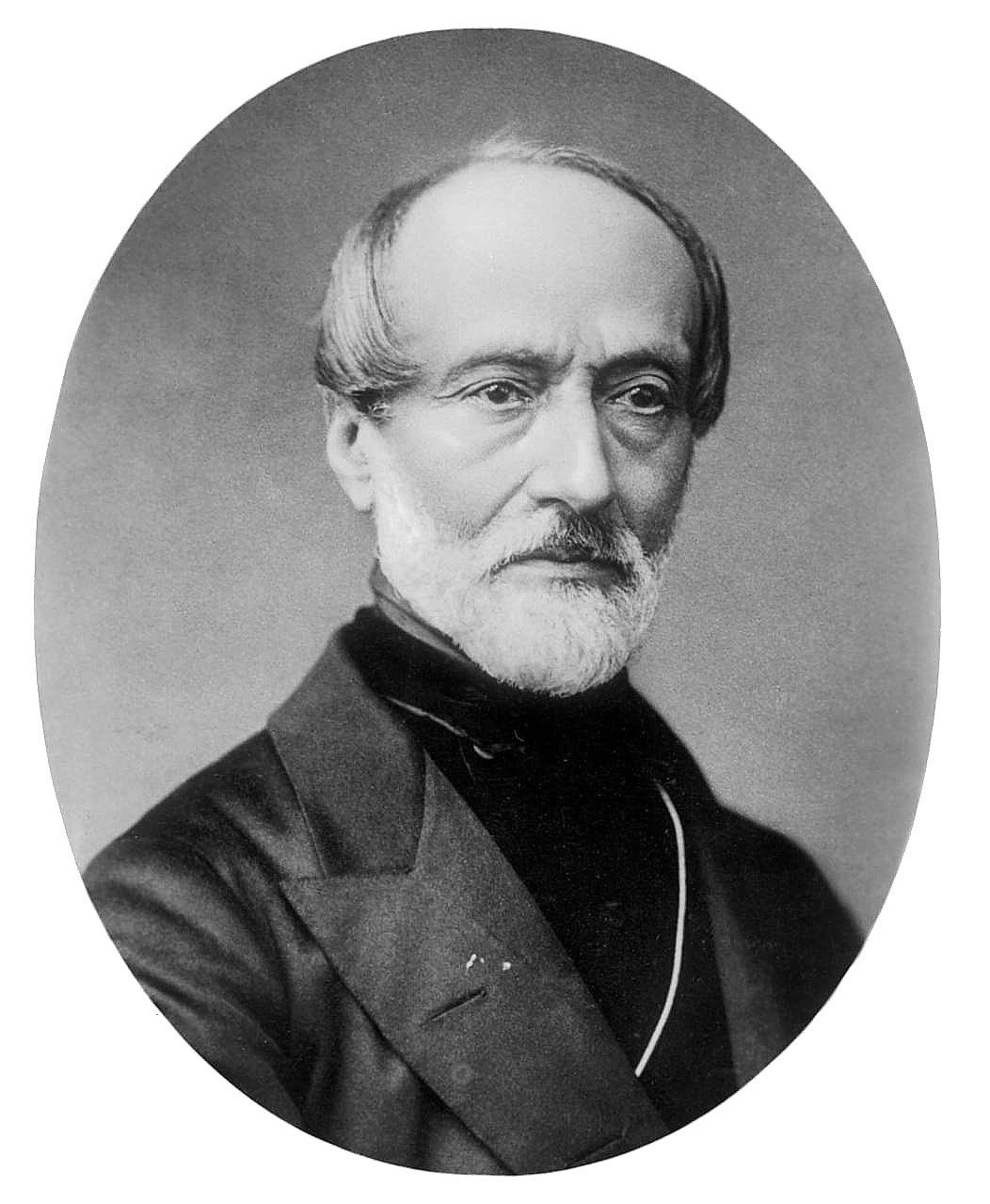





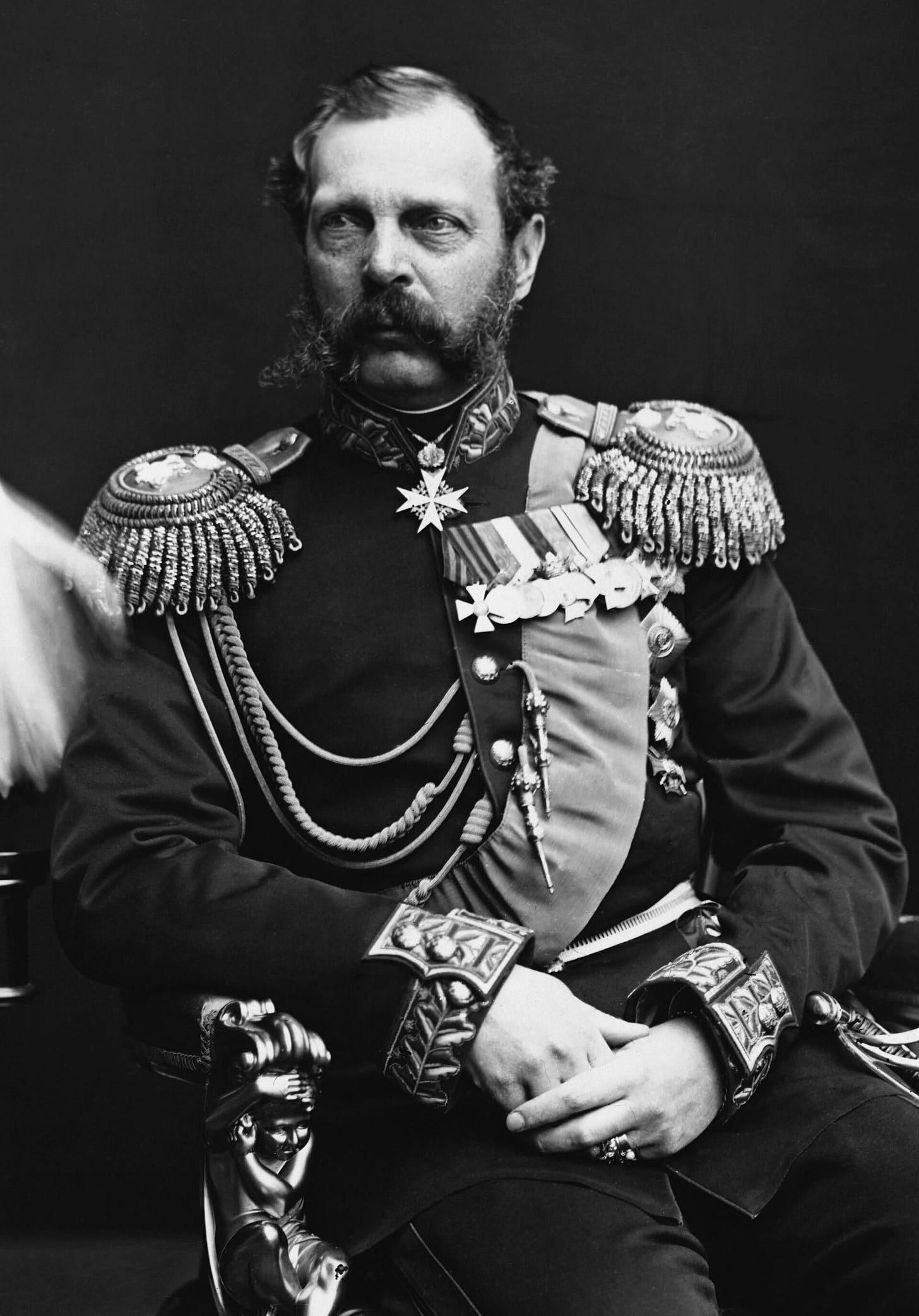




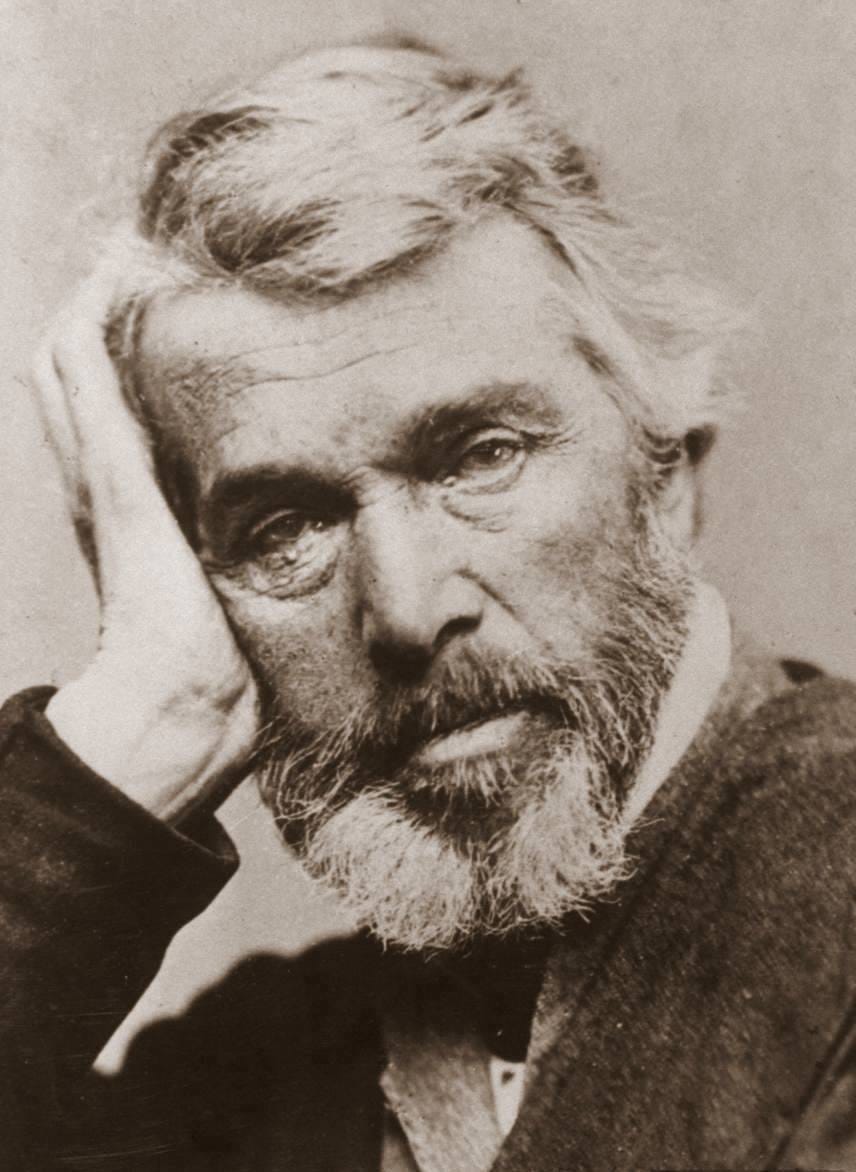
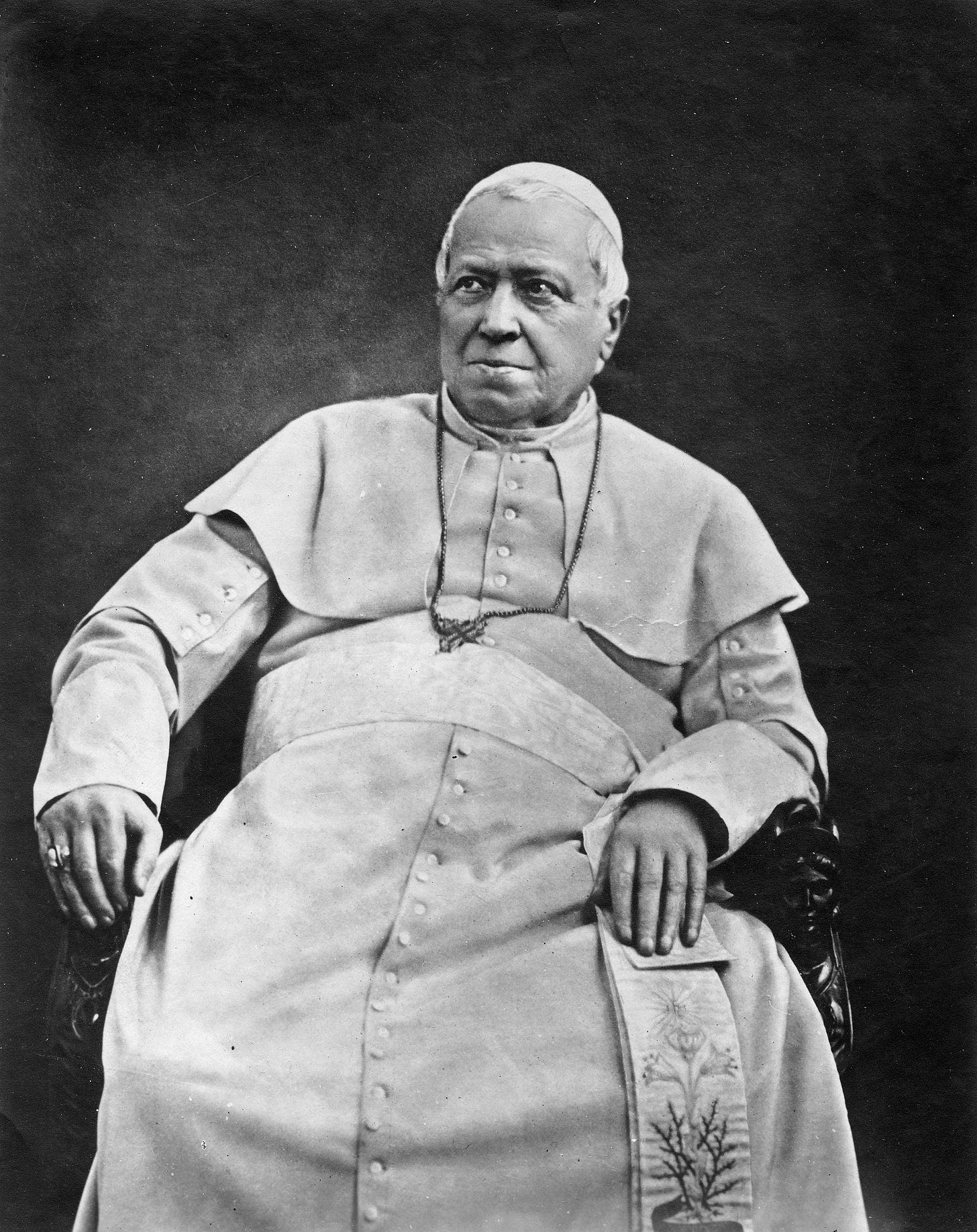






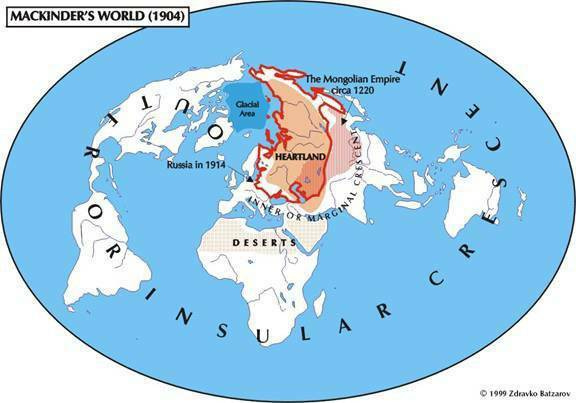
Hello Peter: A lot of data points in the 38 links and descriptions | 1960’s - 2024.
LINKS:
https://changethethoughtsnh.blogspot.com/2024/09/list-of-links-in-part-two-of-three-2024.html?m=1
FULL ARTICLE WITH MORE DETAIL AND CONTEXT:
https://changethethoughtsnh.blogspot.com/2024/09/part-two-of-three-2024-primer-for-lay.html?m=1
X | @thoughtchanges